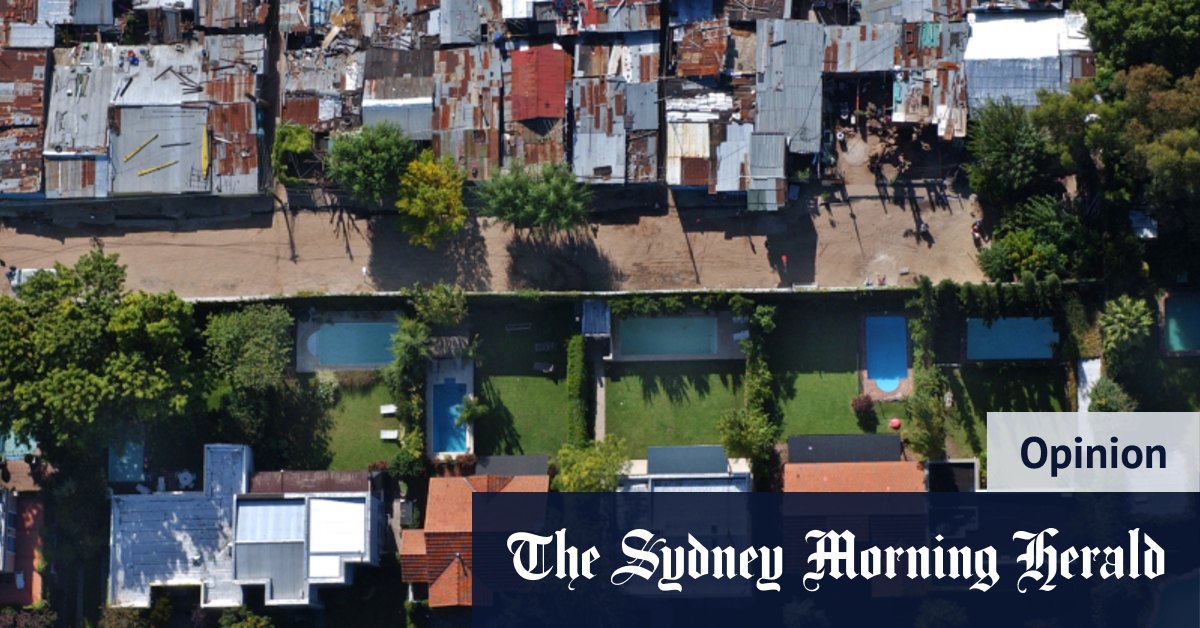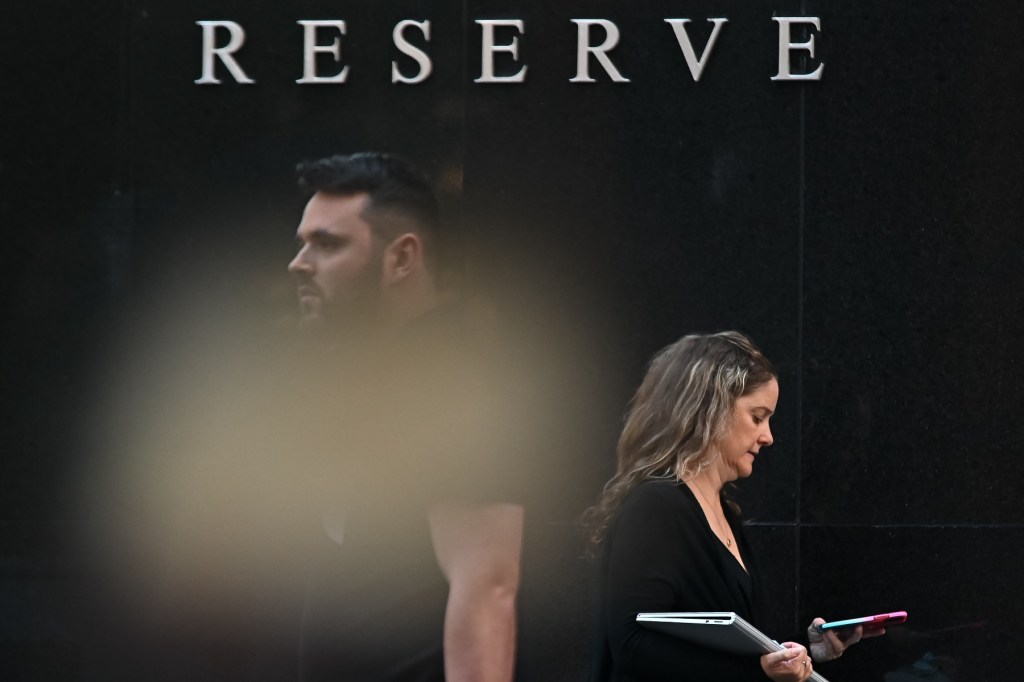How can Australians be so wealthy yet still be poor?

- by Admin
- July 11, 2024

Here is a real riddle. How do we reconcile the just-released figures that Australian adults enjoy a median wealth that is the second highest in the world (after Luxembourg) while so many are seemingly struggling to make ends meet?
How can we be so rich yet so poor? Could it be that we rank No.2 for wealth but No.1 for complaining about being poor? Because it is difficult to marry up our statistical financial good fortune with this week’s report from the charity Good360 Australia that one in seven Australians is finding it hard to afford soap or washing powder.
According to the latest UBS Global Wealth Report, the average Australian’s wealth grew by about 10 per cent last year, something any government would normally crow about, but for the fact that both sides of politics have focused their rhetoric on addressing the cost-of-living crisis.
The disparity between the “haves” and the “have-nots” continues to expand.Credit: AP
Before we go any further, it’s important to note that the UBS wealth rankings that put Australia in second spot cite median wealth, not average wealth, so it cuts out the statistical noise created by the fortunes of billionaires such as Andrew Forrest and Gina Rinehart.
So as a nation, Australians are growing their wealth at a real clip – statistically at least. Our median wealth in 2023 grew at 5 per cent but, drilling down further, the average wealth grew at twice that rate – which suggests that wealthier Australians are growing their assets at a faster rate than those who are poor.
The wealth pyramid, as it stands, showcases the growing disparity between the “haves” and the “have-nots.”
There are almost 2 million Australians with more than $1.5 million sitting at the pointy end of the pyramid and roughly the same number at the bottom who have $15,000 or less. In the bulging middle, there are 11.7 million people with between $150,000 and $1.5 million and about 4 million people whose wealth lies between $15,000 and $150,000.
The two lowest wealth bands are exposed to cost-of-living pressure, having been hit the hardest by ongoing inflation pressures.
The Latest News
-
December 24, 2024We asked Golf Digest writers the story they were proudest of in 2024, and why – Australian Golf Digest
-
December 24, 2024Blueprint for success: how Australian architects made the world take notice in 2024
-
December 24, 2024‘Novak Djokovic will only care about the Australian Open and Wimbledon’
-
December 24, 2024PNG-Australia NRL Deal: K1.7 billion economic boost and 10,300 jobs expected
-
December 24, 2024Christmas Day Tennis: 5 times Australian Open was held over December 25th




